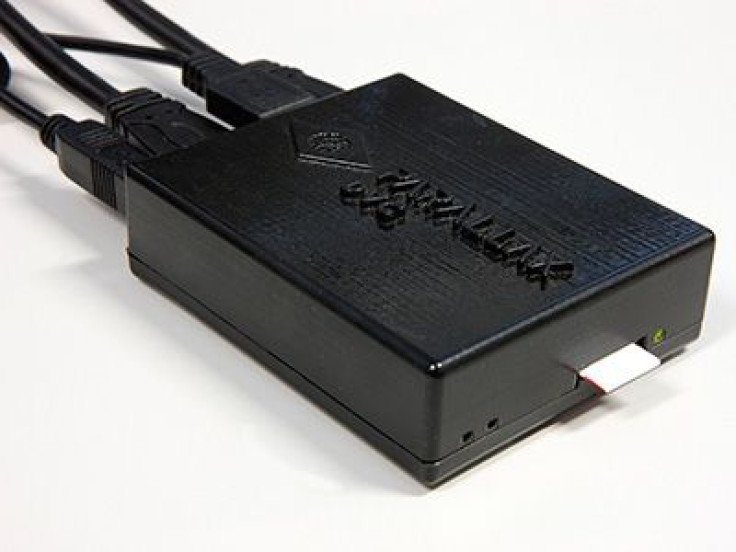Aussie government scientists develop computer security device against cyber intrusion

Defence Science and Technology Group scientists have developed the Digital Video Guard (DVG) to keep Internet transactions, content and applications safe against cyber intrusion. The device provides decrypting of untrusted computing infrastructure.
It also verifies the integrity and displays content independent of the computing infrastructure it uses. The DVG is installed between an external digital display and a host computer. It allows contents of a known video signal to be trusted, according to the group’s press release.
The trust indication appears through an integrated LED as an indicator that the DVG is operating and the displayed information’s integrity and confidentiality is intact and reliable.
It was developed with defence of Australians in mind, but the DVG could also be used to secure content delivered via untrusted networks for other industries such as banking and finance and the medical industry. The device could also be used to secure content sent through email or instant messaging applications. It would protect users who access their emails at Internet cafes or use untrusted computing device.
The scientists note that loss of logon details is the biggest threat to Internet banking which usually happens through keystroke loggers or phishing attacks that result in the user redirected to a fake logon screen. While protecting the user against such attacks, the device secures logon details, account information and transaction authorisation.
The DVG operates on a desktop, laptop or embeds directly into tablets. It does not need software installation or drivers and operates on existing applications with no compromise to security goals. The team that designed the DVG won in 2014 the Research and Development Award for Innovation in ICT given by the South Australia government.
Contact the writer at feedback@ibtimes.com.au or tell us what you think below






